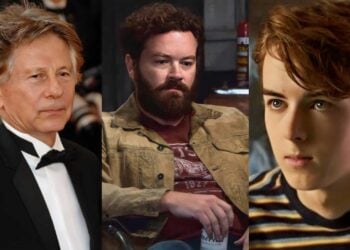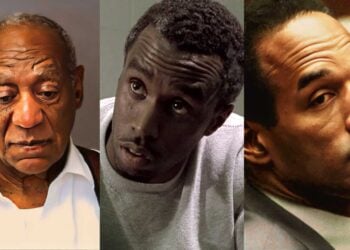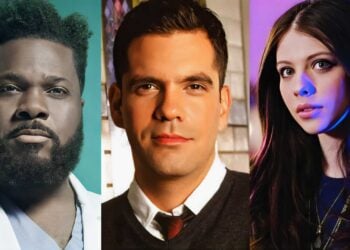Some actors disappear and no one says a thing. You binge an old show, spot a familiar face, then discover they died in November 2025 and nobody bothered to mention it. You’ve seen them for years, yet they slipped away quietly. This list gives those forgotten legends a little love. Here is a list of celebrity deaths of November 2025, including a few famous names that didn’t make the news.
Danny Seagren – 10 November 2025
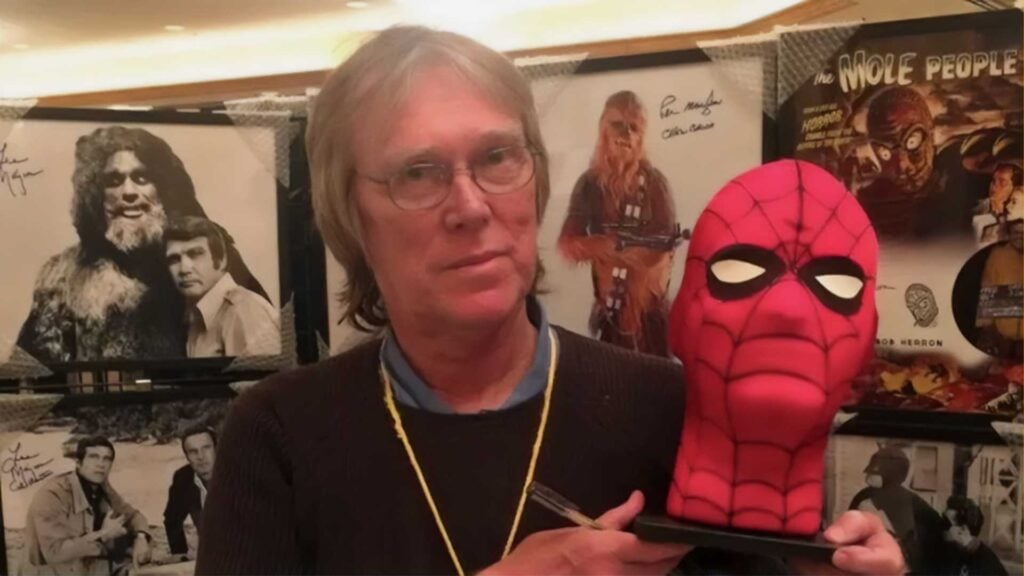
Danny Seagren, born November 15, 1943, swung from being Ernie’s “right hand” to TV’s first live-action Spider-Man on The Electric Company. He also suited up as Big Bird on Sesame Street. He died November 10 at 81. His family wrote, “Danny will be greatly missed.”
Tony Germano – 26 November 2025

Tony Germano was 55, checking roof repairs at his new São Paulo home on November 26, when he fell. His rep said, “Tony suffered a fall at his residence.” He voiced Go, Dog, Go! and Nicky, Ricky, Dicky & Dawn. Friends said his talent “seemed like it was going to last forever.”
Ingrid van Bergen – 28 November 2025
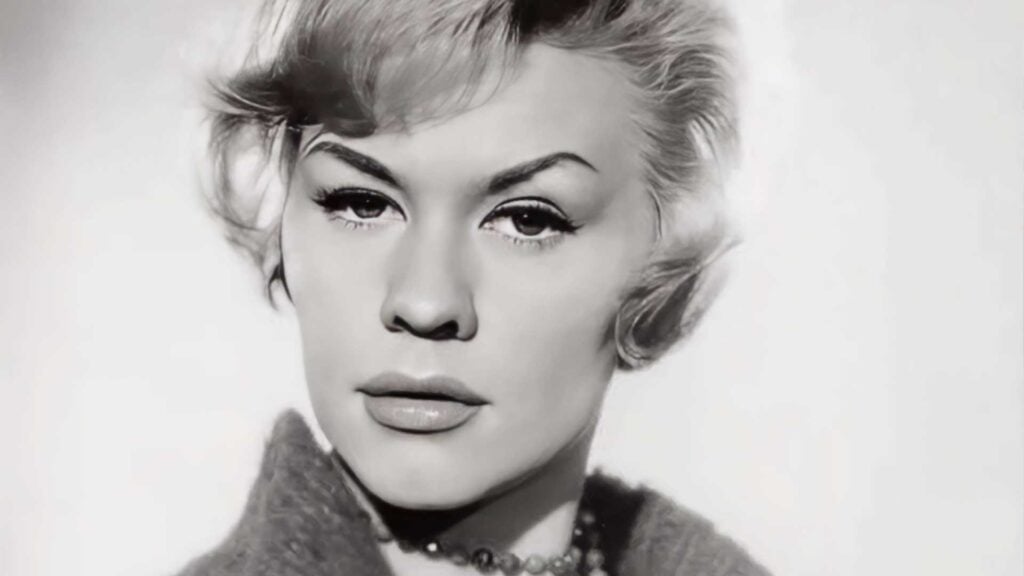
German icon Ingrid van Bergen, gone at 94, packed nearly 100 films into a wild life. She sparred with Kirk Douglas in Town Without Pity (1961) and stole scenes in Roses for the Prosecutor (1959). Fame, scandal, and then she went to prison in 1977 for killing her husband.
Dharmendra – 24 November 2025
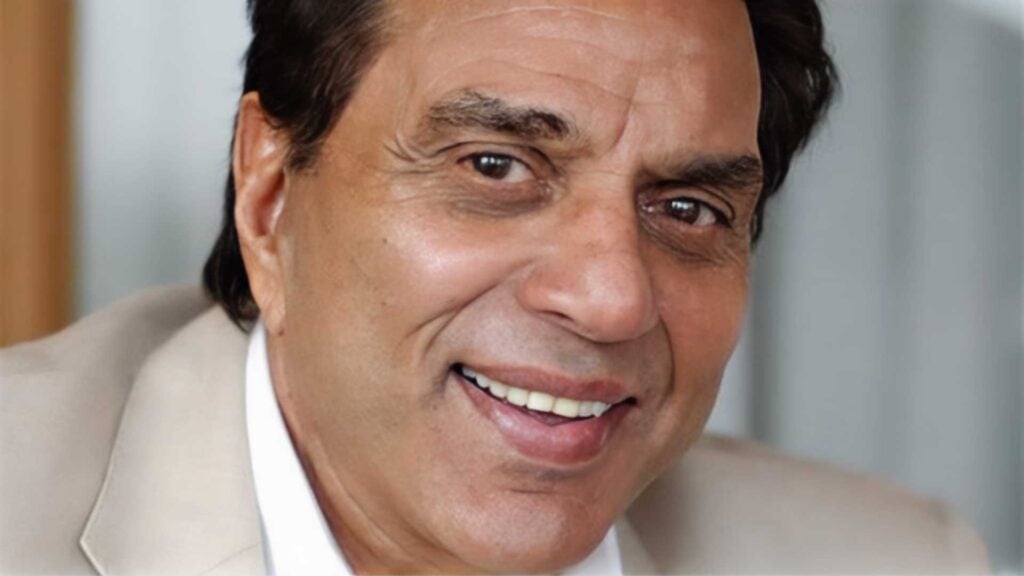
Dharmendra (born December 8, 1935) gave Bollywood 300-plus films, and that smooth charm politicians wish they had when he joined Parliament in 2004. He died in Mumbai on November 24, 2025, at 89. Shah Rukh Khan called him “nothing short of a father figure.” Prime Minister Modi praised “an iconic film personality… charm and depth in every role.” Survived by wives Prakash Kaur and Hema Malini, six kids, including Sunny and Bobby Deol.
Jimmy Cliff – 24 November 2025

Reggae lost a giant. Jimmy Cliff, born James Chambers on July 30, 1944, in Jamaica’s St. James Parish, died November 24, 2025 at 81 after a seizure led to pneumonia, his wife Latifa Chambers said. He chased music in Kingston as a teen, then turned ska and reggae into global staples with “Many Rivers to Cross,” “Wonderful World, Beautiful People,” “You Can Get It If You Really Want,” and that killer “I Can See Clearly Now” cover. The Harder They Come made him the guy who helped “introduce reggae to the world.” Over 30 albums. Rock Hall in 2010. Order of Merit. A legacy of resilience surviving through Latifa, Lilty, Aken, and Nabiyah Be.
Udo Kier – 23 November 2025
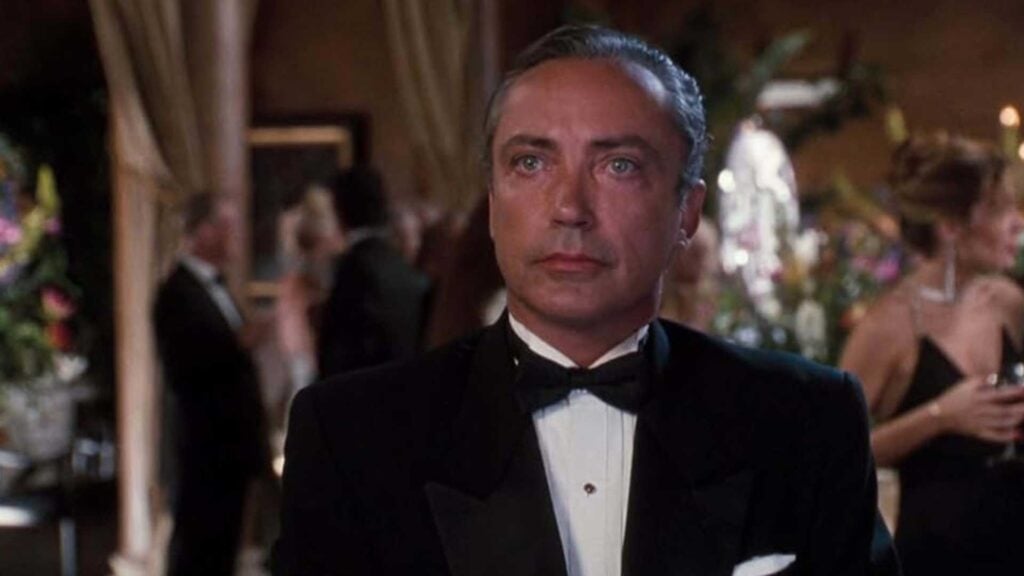
Udo Kier owned weird and wonderful characters for more than 50 years, racking up over 200 film credits along the way. Born Udo Kierspe in Cologne on October 14, 1944, he literally entered life with cinematic flair. The hospital got bombed right after his birth, and baby Udo and his mom were pulled from the rubble. That’s one way to kick off a career.
He joked about his résumé once: “100 movies are bad, 50 movies you can see with a glass of wine and 50 movies are good.” You’ve probably spotted him somewhere, whether in Andy Warhol’s Blood for Dracula, villain duty in Blade, or cracking up Jim Carrey fans in Ace Ventura: Pet Detective.
Kier died November 23, 2025, in Palm Springs at 81. Still working till the end. His last role came in 2025’s Brazilian political thriller The Secret Agent.
John Beam – 14 November 2025
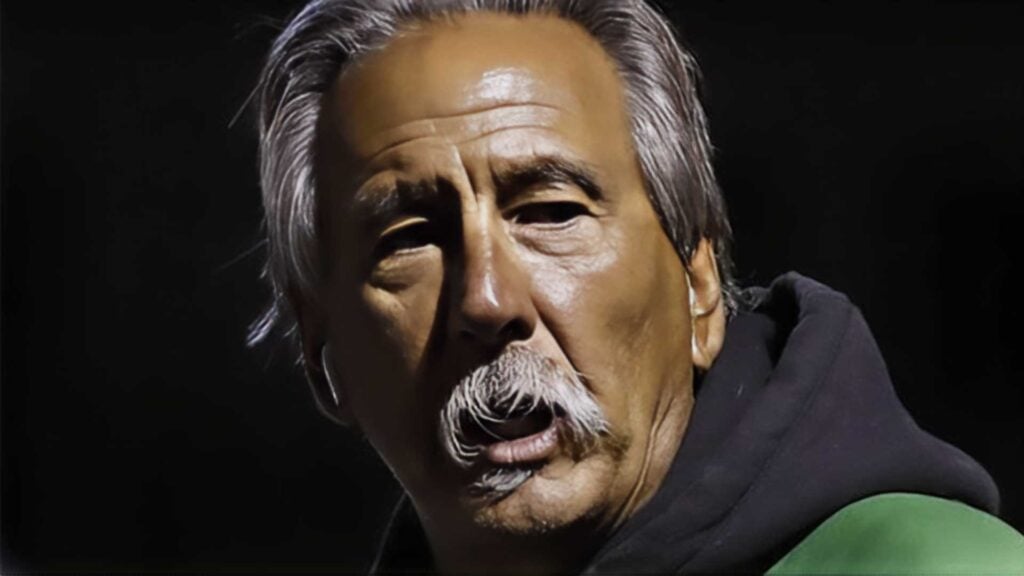
John Beam, 66, spent more than 40 years turning Oakland kids into champions, long before “Last Chance U” made him famous in 2020. He started coaching in 1979, rocked Skyline High from 1982 with a 160–33–3 record, then took over Laney College in 2012. He didn’t just win games. He helped nearly 90 percent of his players graduate or transfer and sent more than 20 guys to the NFL. Oakland Mayor Barbara Lee called him “a giant in Oakland – a mentor, an educator, and a lifeline for thousands of young people” who “has shaped leaders on and off the field.”
Rebecca Heineman – 17 November 2025

Rebecca Ann Heineman flipped high-scores into a lifetime of game-dev legend. Born October 30, 1963 in Whittier, California, she went from Space Invaders champ at age 16 to the first U.S. national video game champion in 1980. Not a bad start to a career. She co-founded Interplay in 1983 with Brian Fargo and crew, cranking out The Bard’s Tale III and Dragon Wars while bouncing between Mac and 3DO ports like it was nothing. She later launched more studios, raised five kids, married fellow pioneer Jennell Jaquays, and pushed for game preservation. On November 17, 2025, at 62, cancer took her. Gaming keeps her.
Jellybean Johnson – 21 November 2025

Garry “Jellybean” Johnson, born November 19, 1956 in Chicago, moved to Minneapolis young and helped shape the Minneapolis sound fans love. He drummed for the Time in the 1970s and 1980s, powering “What Time Is It?” (1982) and “Ice Cream Castle” (1984) while Prince stirred things up and Jellybean made it hit harder. He co-produced Janet Jackson’s 1990 No.1 “Black Cat” and played with Alexander O’Neal, New Edition and Nona Hendryx. His 2021 solo album “Get Experienced” showed his punch. In 2022 he helped launch the Minneapolis Sound Museum. He died November 21, 2025 at 69.
Homayoun Ershadi – 11 November 2025
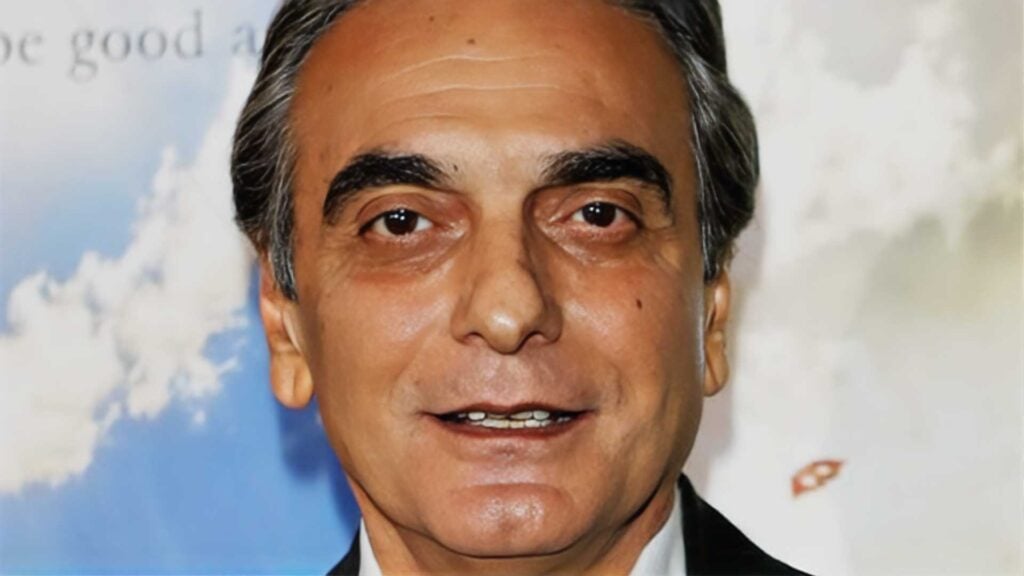
Homayoun Ershadi lived one of those careers you can’t predict with a spreadsheet. Born March 26, 1947 in Isfahan, he studied architecture in Venice, moved to Canada, then found himself stuck in Tehran traffic where Abbas Kiarostami literally rolled up and offered him the lead in “Taste of Cherry.” That film snagged the Palme d’Or in 1997. Not bad for a guy who was just trying to drive home. Hollywood later noticed, casting him as Baba in “The Kite Runner.” Khalid Abdalla called him “a magnificent soul who touched millions of people around the world.” He died November 11, 2025 at 78, leaving kids, grandkids, and a film legacy that never needed loud performances to hit hard.
Elizabeth Franz – 4 November 2025
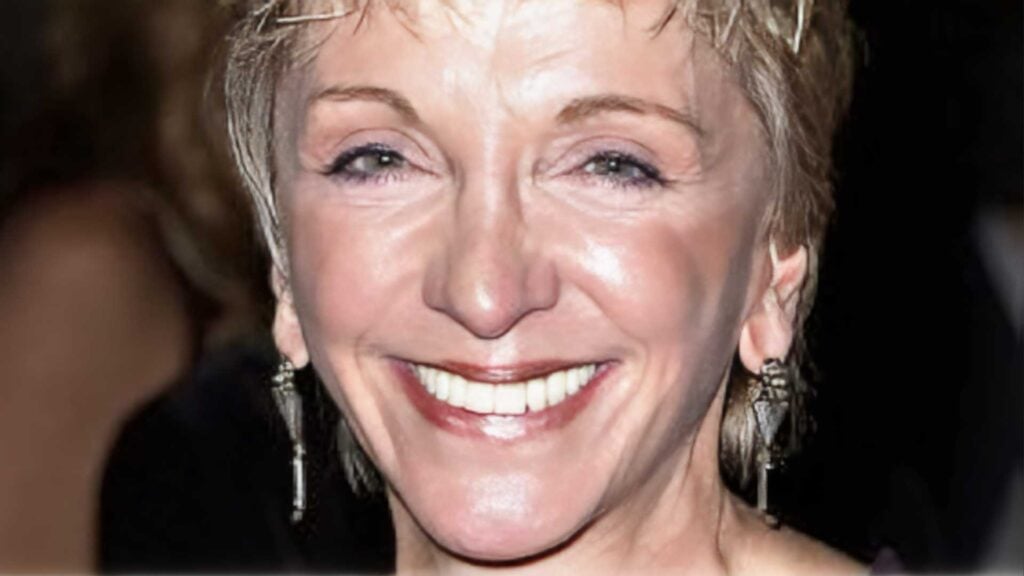
Elizabeth Franz brought heart to every role. Born June 18, 1941, in Akron, she arrived on Broadway swinging in 1967 with “Rosencrantz and Guildenstern Are Dead,” then spent five decades proving emotional honesty matters more than shouting. Her Tony win in 1999 for Linda Loman in “Death of a Salesman” still makes theatre kids argue she’s the blueprint. You might’ve spotted her popping into “Gilmore Girls,” “Grey’s Anatomy,” or even “Christmas with the Kranks” because a working actor works. She died November 4, 2025, in Woodbury at 84, survived by husband Christopher Pelham. She once joked characters never retire. She didn’t either.
The Kessler Twins – 17 November 2025
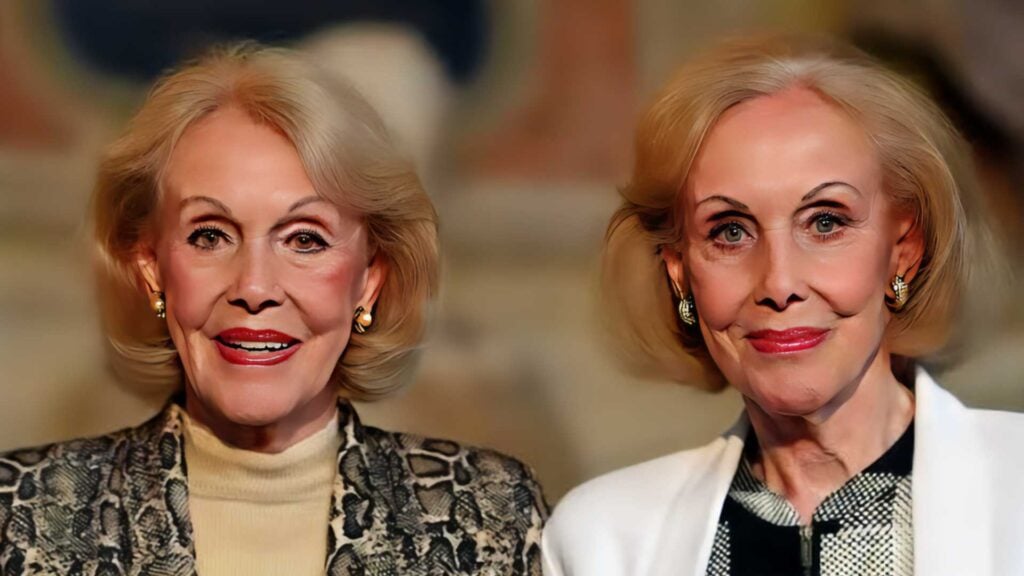
Frank Sinatra. Harry Belafonte. Elvis. The Kessler Twins kept some legendary company. Born Aug 20, 1936, Alice and Ellen started dancing before most kids learn to spell their own names. Leipzig Opera kids ballet, then a bold escape from East to West Germany at 16. By 1955, Paris’ Lido snapped up the tall 5’10’’ duo and world tours rolled in. Ed Sullivan loved them. Hollywood tried to lure them for “Viva Las Vegas,” but they said no thanks to predictable roles. “Discipline, every day… humility,” Alice said. At 89, in Grünwald near Munich, they chose their final curtain call together. “Inseparable.”
Alice Wong – 14 November 2025

Alice Wong never waited for permission. Born March 27, 1974 near Indianapolis, she grew up with spinal muscular atrophy, powered through school, grabbed degrees from IUPUI and UCSF, then rolled straight into shaping U.S. disability policy when President Obama appointed her to the National Council on Disability in 2013. A year later she launched the Disability Visibility Project, proving disabled voices don’t need a filter. Books followed, like “Disability Visibility” in 2020 and her 2022 memoir “Year of the Tiger.” She once wrote, “We need more stories about us and our culture.” She lived that. Alice Wong was 51.
Kenny Easley – 14 November 2025
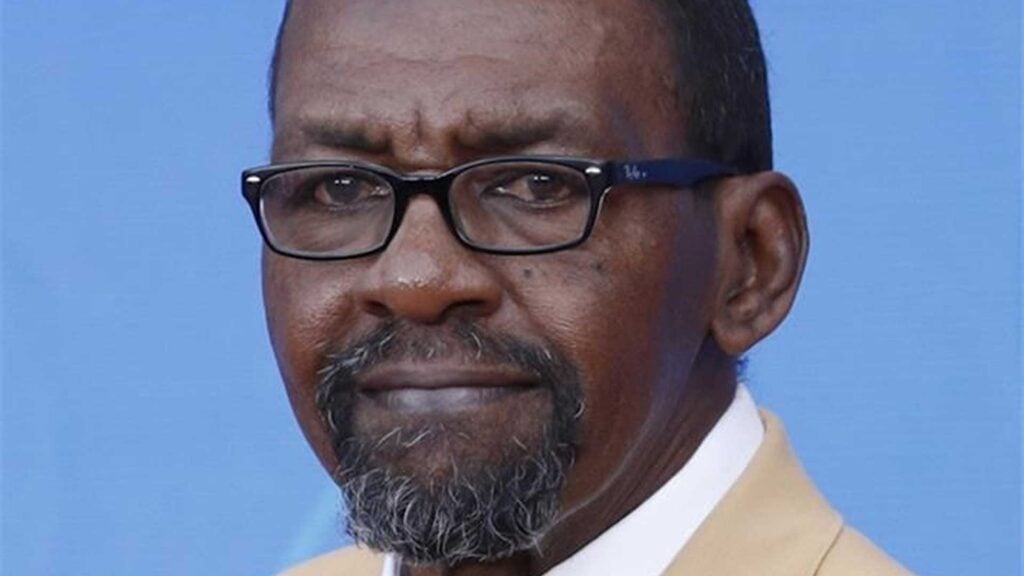
Kenneth “Kenny” Easley Jr. changed how safeties played football. Seattle grabbed him fourth overall in 1981, and you immediately saw why UCLA fans bragged about their three-time consensus All-American. Ten interceptions in 1984? He said, “The Enforcer” for a reason. He snagged 32 picks in just seven seasons, then grabbed Defensive Player of the Year like it was no big deal. Kidney disease cut things short, but Seattle still retired his No. 45 and welcomed him into the Ring of Honor in 2002. Hall of Fame followed in 2017. He died November 14, 2025, at 66, leaving Gail and their kids with one legendary legacy.
Rodney Rogers – 21 November 2025
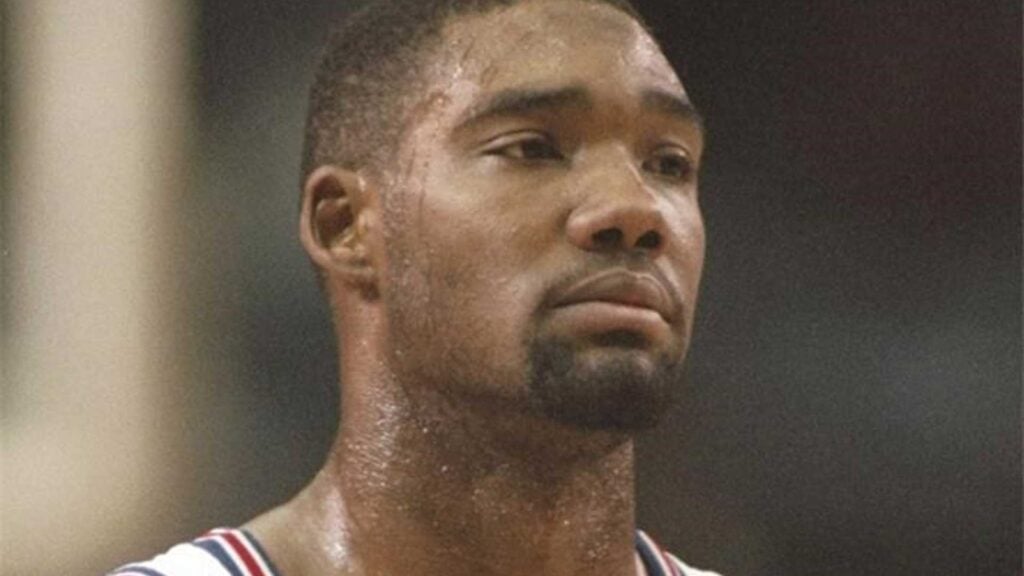
Rodney Rogers packed a lot into 54 years. Born June 20, 1971, in Durham, he crushed it at Hillside High then turned Wake Forest into a problem for everyone else. ACC Rookie of the Year in 1991. ACC Player of the Year two seasons later. No. 54 retired because he earned that. Ninth pick in the 1993 Draft. Seven NBA teams. A Sixth Man of the Year trophy in 2000 while dropping almost 14 a night for Phoenix. Then a 2008 ATV crash changed everything. He didn’t tap out. “He was every bit as remarkable as a human being…” Dave Odom said. You carry that kind of attitude into your day and you’re already winning.
Todd Snider – 14 November 2025
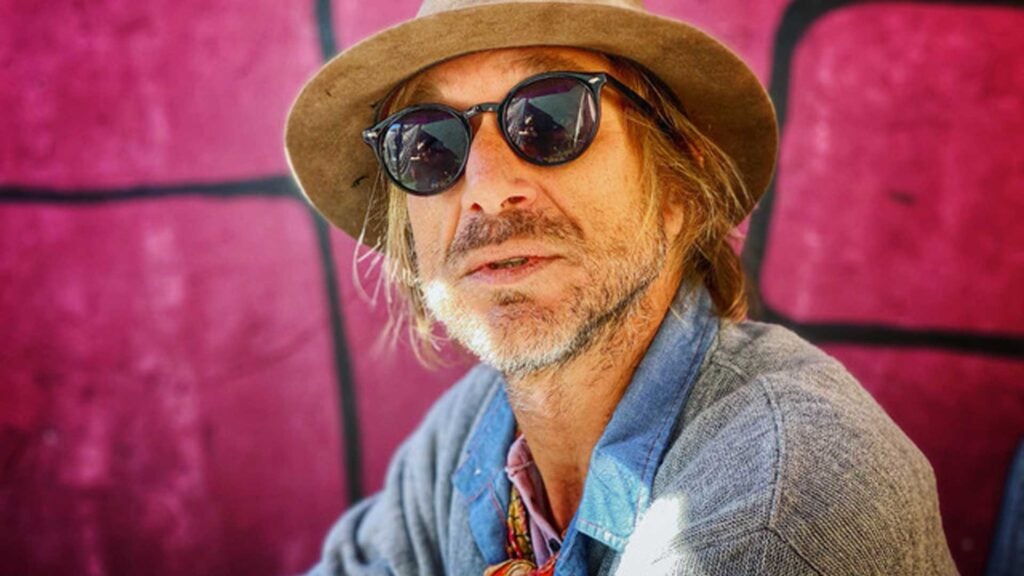
Todd Snider never just played a show. He cracked jokes, told wild stories that somehow landed, then hit you with “Beer Run” or “Play a Train Song” like he’d been reading your mind. Born October 11, 1966, in Portland and gone too soon at 59 in Nashville on November 14, 2025, he made over twenty albums starting with 1994’s “Songs for the Daily Planet.” “Alright Guy” and his grunge-skewering “Talking Seattle Grunge Rock Blues” put him on the map. Critics like Steven Hyden called him “an unheralded songwriters’ songwriter,” though you didn’t need a critic. Just queue up East Nashville Skyline and you’ll get it.
Jim Avila – 12 November 2025
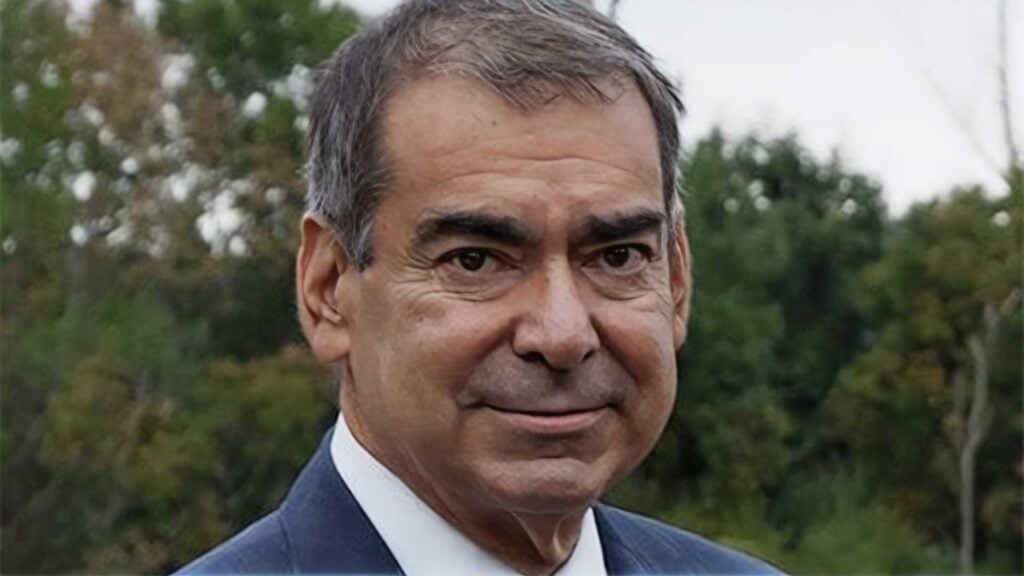
Jim Avila packed more journalism into 70 years than most newsrooms combined. Born James Joseph Simon in Los Angeles on July 26, 1955, he later chose his mom’s maiden name to make his Mexican heritage loud and clear. He hustled through radio and local TV in Chicago, San Francisco, and LA before landing the O. J. Simpson trial beat at KNBC in the 90s. ABC News snagged him in 2004. He covered the Obama White House, snagged the Merriman Smith Award for breaking the U.S.–Cuba story, plus Emmys and Murrows. A 2021 kidney transplant didn’t slow him. He kept digging at San Diego’s KGTV. Colleagues called him “tough and fair.”
Cleo Hearn – 9 November 2025
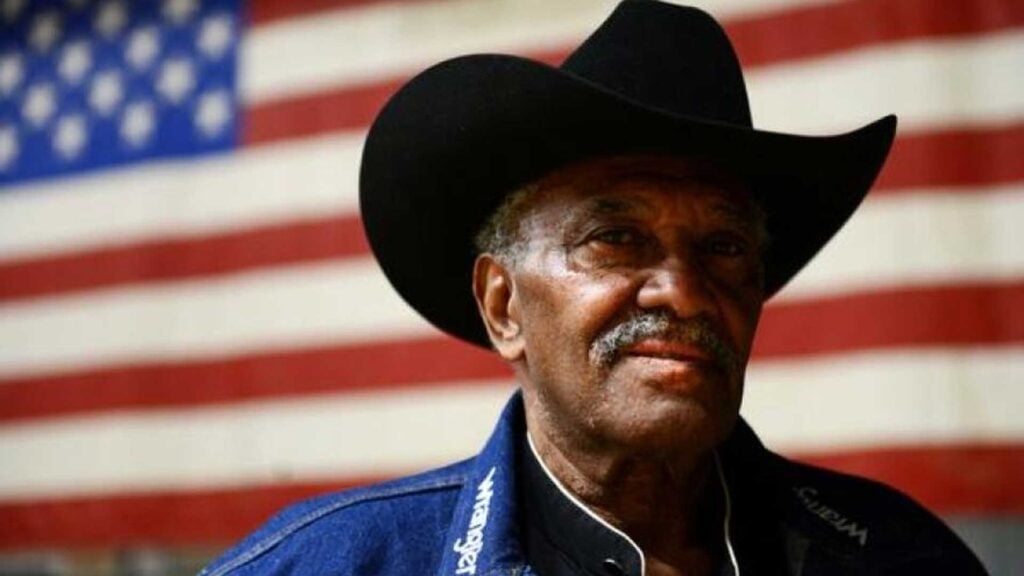
Cleo Hearn roped his way into history long before Netflix tried making cowboys cool again. Born May 3, 1939, in Seminole, Oklahoma, he jumped into roping at 16 and joined the RCA by 1959. Then he made everyone pay attention. In 1970, he became the first African American to win calf roping at the Denver National Western Stock Show & Rodeo. He even attended college on a rodeo scholarship before the U.S. Army drafted him in 1961, where he served in the Presidential Honor Guard. Years later, he launched the Texas Black Rodeo, later renamed Cowboys of Color Rodeo in 1995 to welcome more cultures. After retiring in 2017, he stacked up Hall of Fame honors and even got a trail named after him in Lancaster, Texas. Oh, and he somehow found time for a 33-year gig with Ford. Cowboys multitask.
Micheal Ray Richardson – 11 November 2025

Micheal Ray Richardson packed more plot twists into 70 years than most sports movies manage. Born April 11, 1955, in Lubbock and raised in Denver, he tore up Manual High’s courts, then Montana’s, before the New York Knicks grabbed him 4th in the 1978 NBA Draft. Four All-Star nods, league leader in steals three times, assists once. The guy could lock you down and run the show. Then cocaine derailed everything in 1986 when he became the first NBA player banned for life. He rebuilt overseas, won coaching titles in Canada, mentored kids in Lawton, Oklahoma. Stumbled, rose again. A real one.
Cleto Escobedo III – 11 November 2025

Cleto Escobedo III spent more than twenty years blasting life into “Jimmy Kimmel Live!” with his sax, and now the late-night world feels way too quiet. Born August 23, 1966, in Las Vegas, he literally grew up across the street from Jimmy Kimmel. They turned a neighborhood friendship into the most enviable office setup ever. As Kimmel wrote, “To say that we are heartbroken is an understatement.” Before TV fame hit in 2003, Escobedo toured with Paula Abdul and Marc Anthony. Then Cleto and the Cletones arrived, featuring his dad in the lineup. He leaves behind Lori, two kids, and a soundtrack that refuses to fade.
Tatsuya Nakadai – 8 November 2025
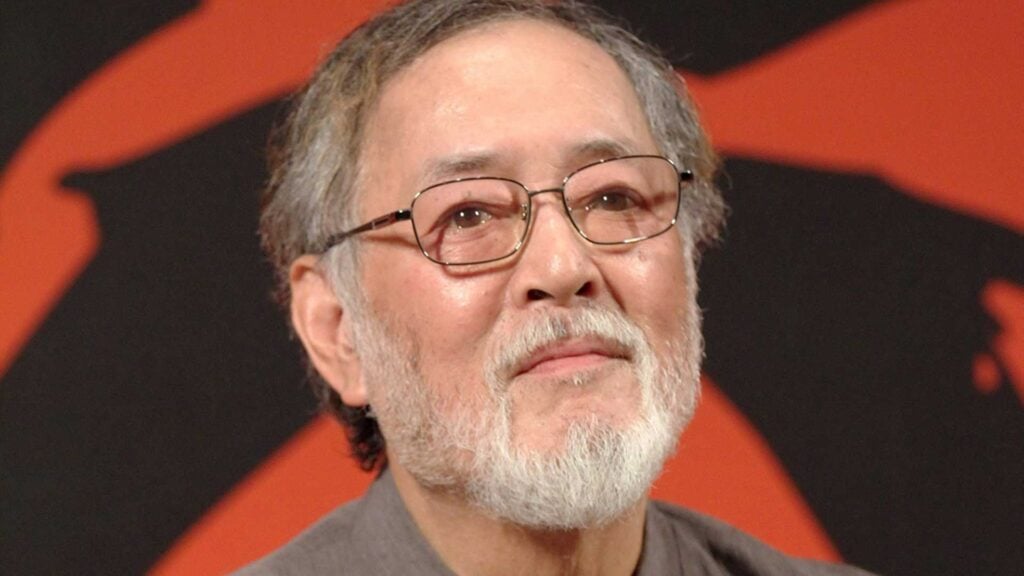
Tatsuya Nakadai lived 92 years like the cinema legend he became. Born Motohisa Nakadai back on December 13, 1932, he once sold shop goods before Masaki Kobayashi spotted him and said (probably), “Hey kid, you look like you could lead an anti-war epic.” That became “The Human Condition,” where Nakadai’s Kaji wrestles with the mess of wartime Japan. You might know him better as the raging warlord Hidetora in Akira Kurosawa’s “Ran,” or from “Harakiri” and “Kagemusha.” More than 160 films, a Tokyo acting school called Mumeijuku, and awards like the Order of Culture in 2015. He died on November 8, 2025, from pneumonia. A life fully used.
Sally Kirkland – 11 November 2025

Sally Kirkland never blended into the background. Born October 31, 1941, in New York City, she jumped from Vogue royalty (her mom edited at both Vogue and Life) into the American Academy of Dramatic Arts, then hustled through the wild 1960s with Andy Warhol’s Factory crowd. Her breakout hit arrived decades later with Anna in 1987. She won a Golden Globe for it and joked that the Oscar nomination meant “I could finally afford dinner.” You’ve seen her everywhere: The Sting, JFK, Bruce Almighty, plus Days of Our Lives in 1999 as Tracey Simpson. She died November 11, 2025 at 84 in Palm Springs after a tough year battling fractures, infections, and dementia. Her impact lives in every actor she coached who’s now trying to snag their own Golden Globe.
Lee Tamahori – 7 November 2025

Lee Tamahori packed a lot into 75 years. Born 22 April 1950, he pushed filmmaking where others were scared to go. The guy behind “Once Were Warriors” didn’t just tell stories, he kicked down doors for Māori talent. He fathered Sam, Max, Meka and Tané, and hyped his mokopuna every chance he got. His daughter once said he had a “genius eye and honest heart.” He even took Bond for a spin in 2002 with “Die Another Day” because why not aim big. Loved by Justine and backed by his whānau, Lee died peacefully on 7 November 2025. Still leading from the front.
Paul Tagliabue – 9 November 2025
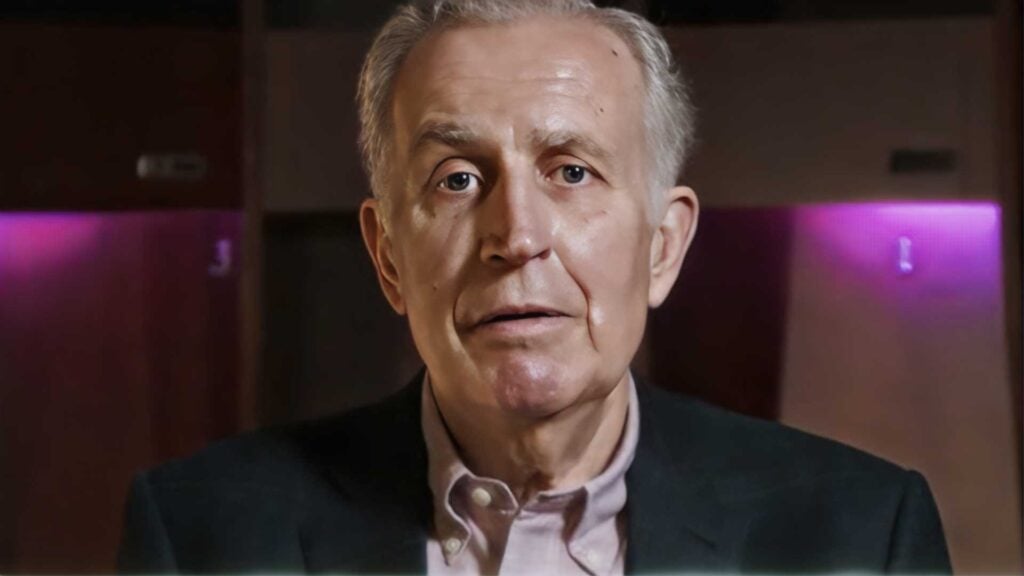
Paul Tagliabue, who ran the NFL from 1989 to 2006, died November 9, 2025 at 84 in Chevy Chase, Maryland after heart failure tied to Parkinson’s disease. He grew up in Jersey City, crushed it at Georgetown basketball, nearly became a Rhodes Scholar, then grabbed a law degree at NYU because trophies apparently weren’t enough. Owners made him commissioner in ’89 and he wasted no time growing the league to 32 teams, from the Panthers to the Texans. He paused games after 9/11, fought for the Saints to play again in New Orleans, and even pushed diversity before the Rooney Rule had a name. His wife Chandler and kids Drew and Emily carry on his legacy.
Frederick Hauck – 6 November 2025
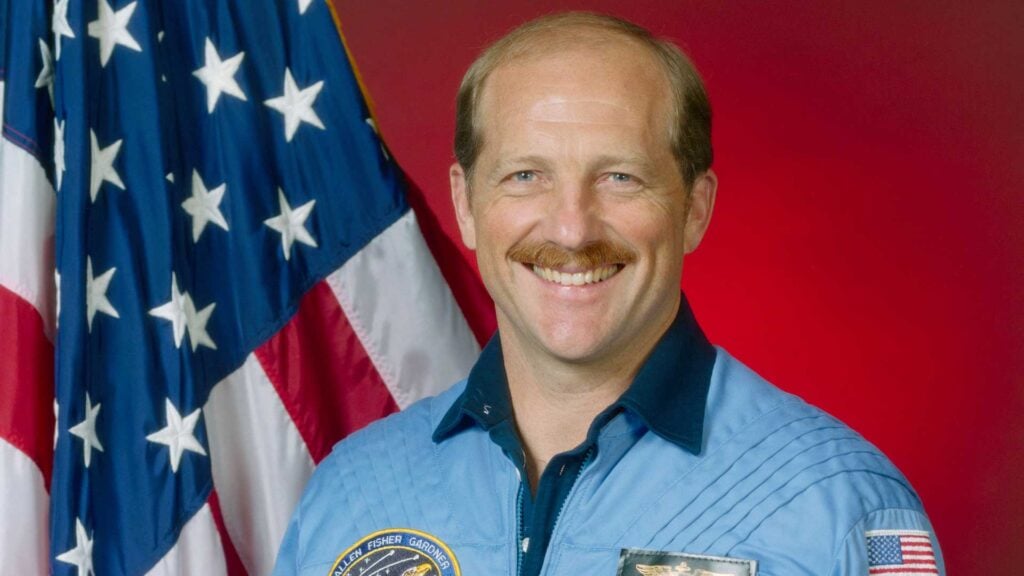
Captain Frederick “Rick” Hauck packed 84 years with enough achievements to make your LinkedIn profile blush. Born April 11, 1941 to a Navy family, he dodged a nuclear engineering desk job after MIT and jumped into Navy Flight School, flying A-6 Intruders in Vietnam, then testing the F-14 Tomcat in Maryland. NASA scooped him up in 1978. He piloted STS-7 with Sally Ride in 1983, commanded STS-51A in 1984 and led the 1988 “Return to Flight.” He later ran AXA Space, but his real flex was family. As he wrote, “it is the love of my wife, children and grandchildren…”
Lenny Wilkens – 9 November 2025
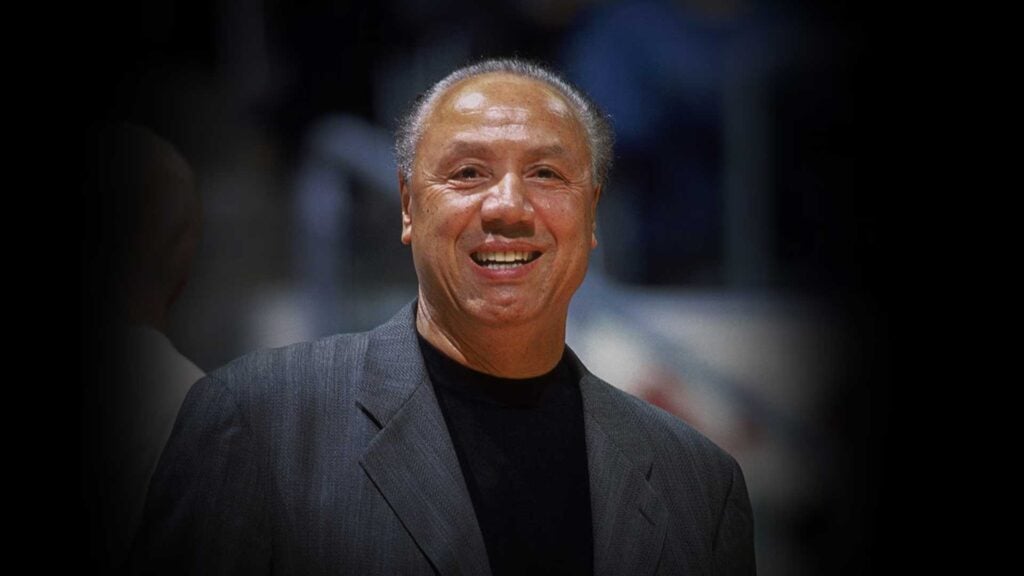
Lenny Wilkens, who made winning look chill, died on November 9, 2025 at 88. Born in Brooklyn in 1937, he went from Boys High to Providence College before the St. Louis Hawks grabbed him sixth in the 1960 draft. He played 15 seasons, dropped 16.5 points a night, won 1971 All-Star MVP, then basically never left the sideline. Seattle got its only title in 1979 thanks to him. Three Hall of Fame inductions isn’t normal, but he pulled it off anyway. Adam Silver said, “Lenny Wilkens represented the very best of the NBA…” Seattle even put up a statue in 2025. He earned it.
James Watson – 6 November 2025
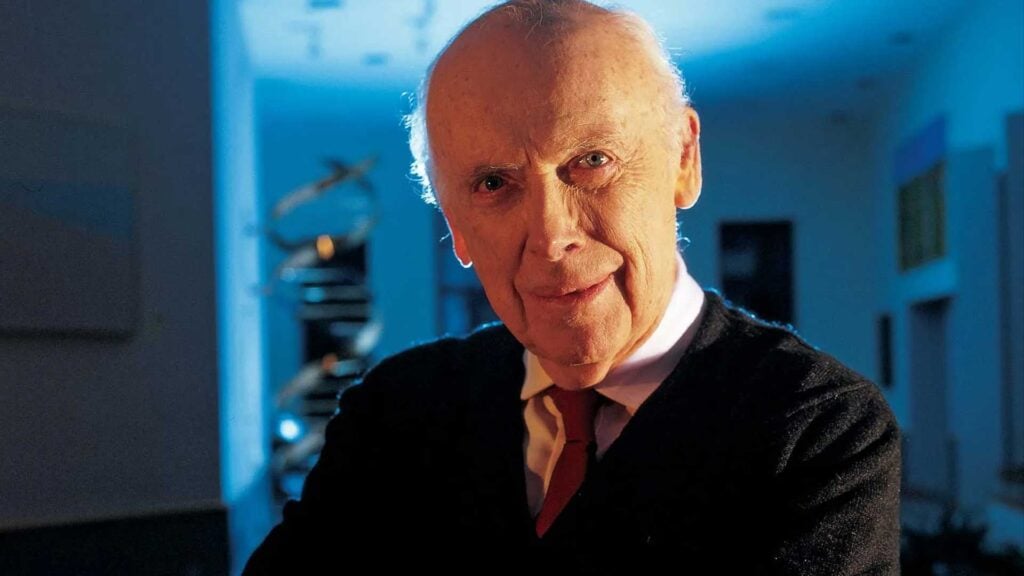
James D. Watson changed biology. He and Francis Crick cracked the double helix in 1953 using data from Rosalind Franklin and Maurice Wilkins, which won them the 1962 Nobel Prize in Physiology or Medicine. He pushed early genome research, convinced politicians to fund it, and even launched the “think tank” Banbury Center. At Harvard, his lab proved mRNA exists. He wrote hits like The Double Helix (1968) while raising Rufus and Duncan with Liz Lewis at Cold Spring Harbor. You don’t map the Human Genome Project without a few bold moves. His legacy still drives science forward.
Gilson Lavis – 5 November 2025
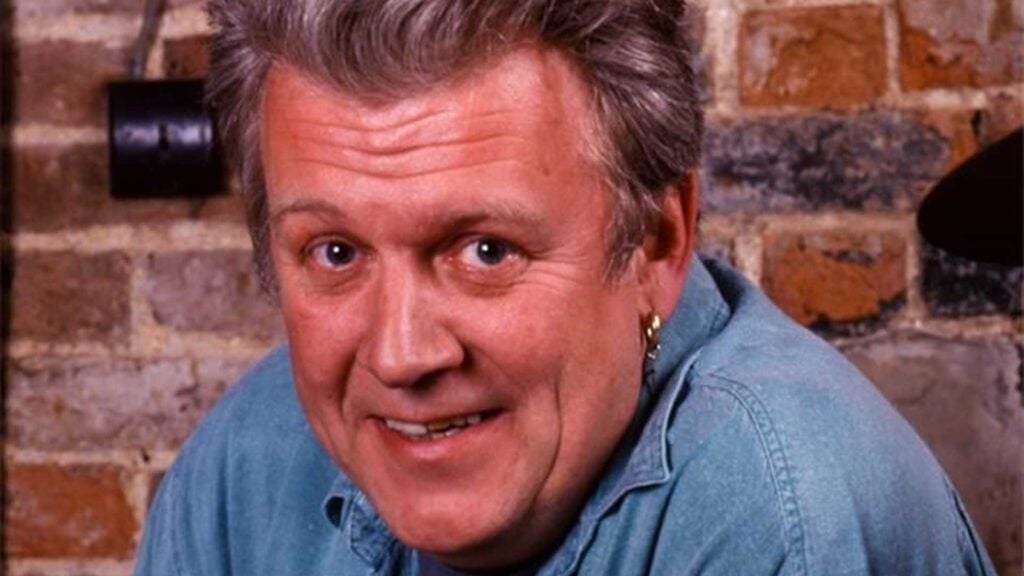
Gilson Lavis never missed a beat. The former Squeeze drummer, born June 27, 1951, kept time so tight you could’ve set your phone to it. “He absolutely propelled us like rocket fuel,” Glenn Tilbrook said. You know the songs. “Cool for Cats,” “Tempted,” “Hourglass” — his snare drove every hook. After leaving Squeeze in 1991, he jumped straight into Jools Holland’s Rhythm & Blues Orchestra and stayed there until a final Royal Albert Hall show on November 30, 2024. He also painted striking black-and-white portraits because why stop at one talent? Lavis died November 5, 2025, at home in Lincolnshire, aged 74. Survived by his wife and son.
Marshawn Kneeland – 6 November 2025
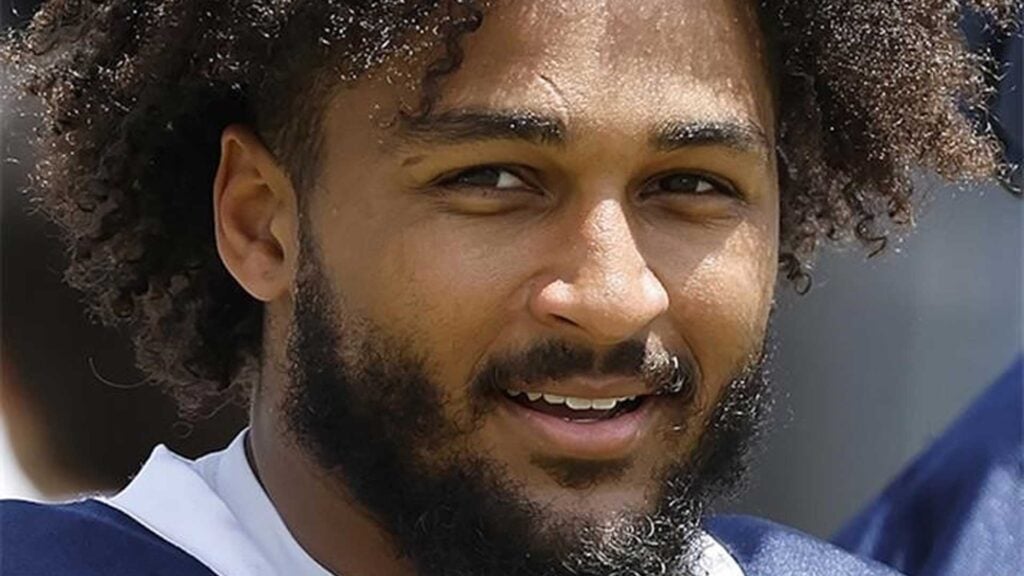
Marshawn Kneeland packed a lot into 24 years. The Dallas Cowboys defensive end from Grand Rapids arrived in the NFL with a necklace holding his mom Wendy’s ashes, reminding everyone why he fought so hard. Drafted 56th in 2024 out of Western Michigan, he worked his way into 18 games, grabbing 26 tackles, one sack and, yep, a blocked-punt touchdown on Monday Night Football against Arizona. He celebrated like a kid who’d finally cracked the code. The Cowboys called him a “beloved teammate,” and you could see why. He supported Catalina, his dad Shawn, and his siblings while chasing something big.
Mary Ann Wilson – 5 November 2025
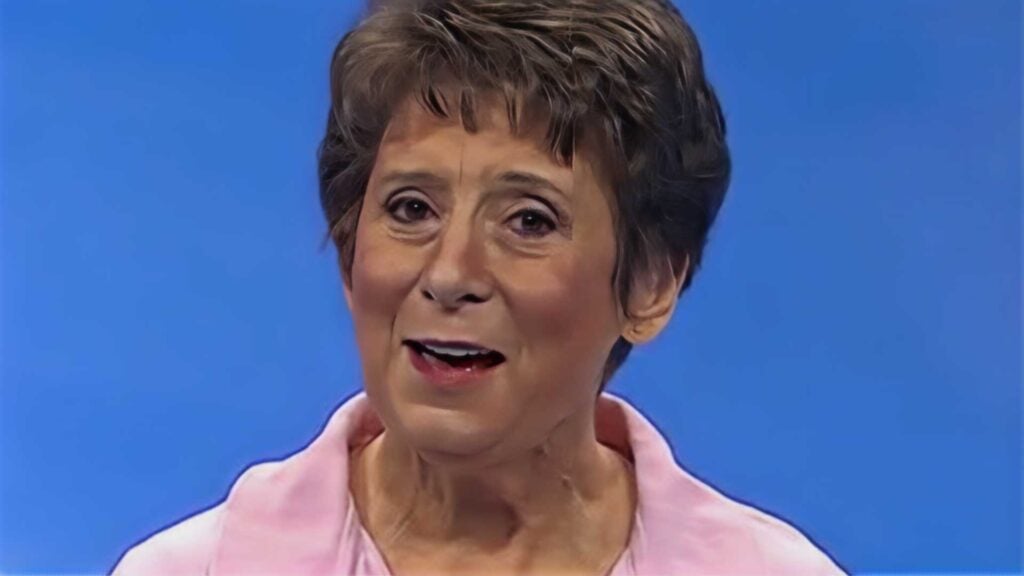
Mary Ann Wilson kept America moving without asking anyone to stand up. The Pittsburgh-born registered nurse turned fitness guide launched “Sit and Be Fit” in Spokane back in 1987, proving a kitchen chair can beat a pricey gym membership any day. She once said the real plan was better posture, breathing and balance so you feel brave enough to keep going. Viewers wrote thanking her for helping them walk to the mailbox without wobbling. She called Pittsburgh her “hometown” but spent decades filming in Washington with her daughter Gretchen Wilson running the show. Mary Ann died November 5, 2025 at 87—still inspiring movement.
John Wesley Ryles – 2 November 2025
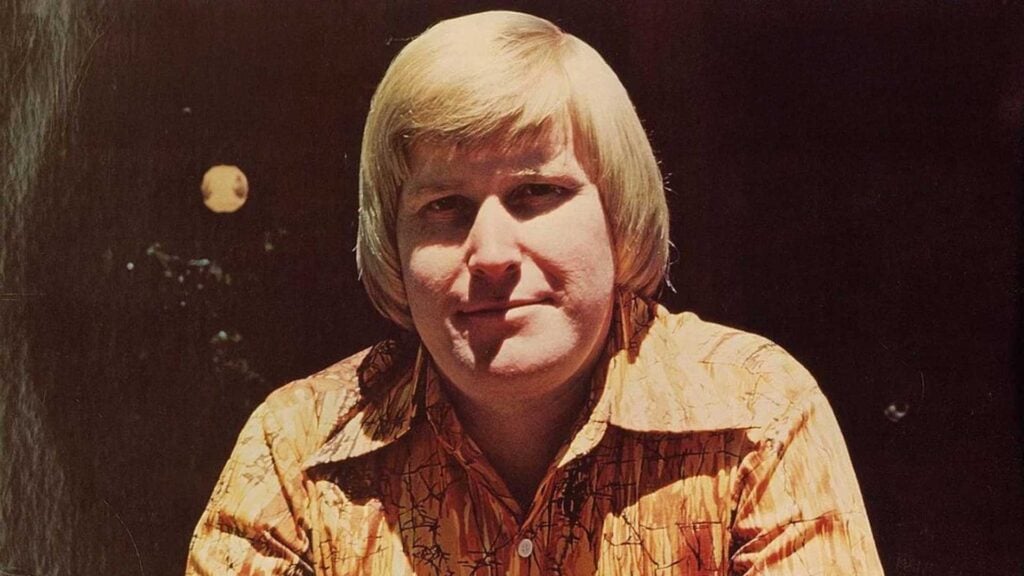
John Wesley Ryles spent 57 years in country music, and you’ve definitely heard him even if you didn’t realize it. He first broke through at 17 when “Kay” hit the Top 10 in 1968, a pretty wild start for a kid from Bastrop, Louisiana. He kept the momentum rolling with charting singles through the 70s and 80s like “Once in a Lifetime Thing,” which climbed to No. 5 in 1977. Then he became Nashville’s secret weapon. The Country Music Hall of Fame & Museum said he “performed for decades as a background singer on countless Nashville recordings.” Ryles died November 2, 2025 at 74, leaving behind his wife, singer Joni Lee.
Betty Harford – 2 November 2025
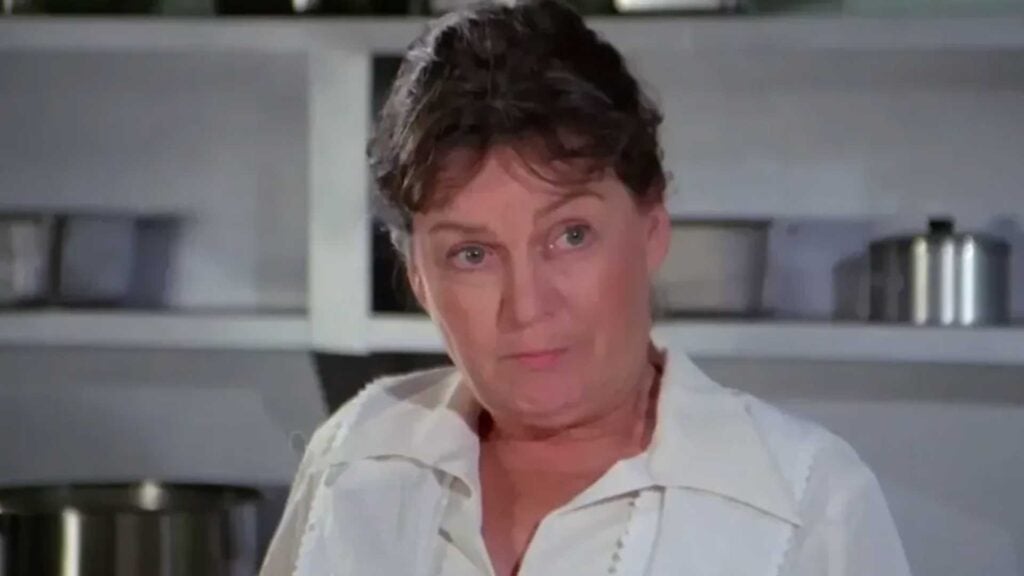
Betty Harford once voiced Gumby’s mother and snagged a role as Natalie Wood’s calculating sister in the 1965 drama Inside Daisy Clover. On TV, she became a familiar face — Mrs. Nottingham, John Houseman’s no-nonsense secretary on The Paper Chase, and later Mrs. Gunnerson cooking up trouble on Dynasty. She appeared in 41 episodes of The Paper Chase as that sharp, efficient presence everyone secretly feared. Before all that, she cared for Sandra Dee’s Rosalie in the 1959 film The Wild and the Innocent. Harford died Nov. 2 of a prolonged age-related illness in Santa Barbara.
Randy Jones – 18 November 2025
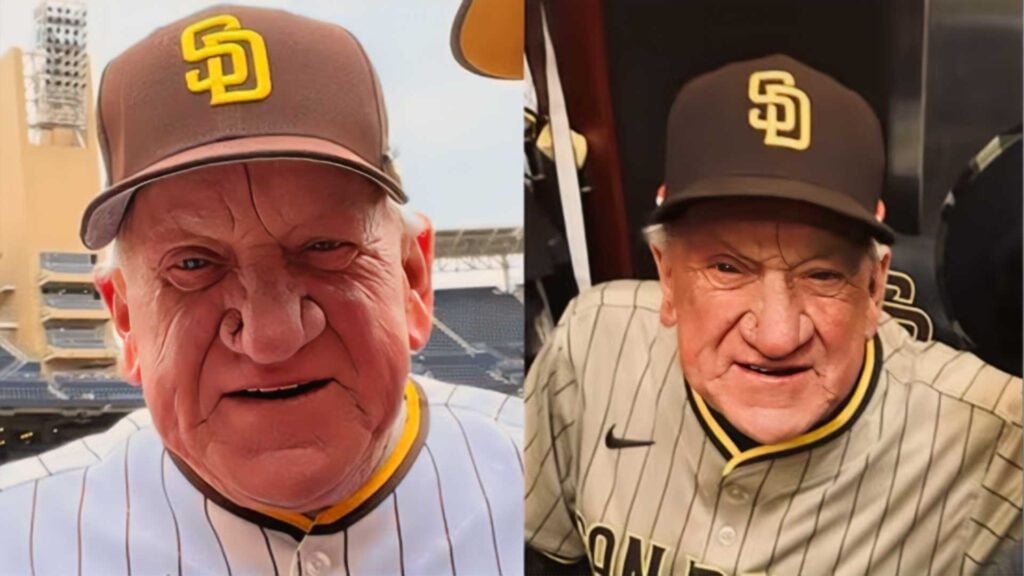
Randy Jones died at the age of 75 (we don’t know the cause of death just yet, but he did have a battle with throat cancer in 2016). The Fullerton-born lefty, who debuted with San Diego on June 16, 1973, turned a scrappy expansion squad into something opponents actually circled on the calendar. At 26, he went 22-14 with a 2.74 ERA in 1976, logged 315.1 innings, finished 25 complete games and grabbed the Padres’ first Cy Young Award. Not bad for a fifth-round pick out of Chapman. Fans still talk about his sinker and his stadium-famous Randy Jones BBQ. The Padres called him “a cornerstone of our franchise for over five decades.”
Duane Roberts – 1 November 2025

Duane R. Roberts never planned to become the burrito guy, yet that’s exactly what happened. Back in the 1950s, he was hustling at his family’s company, Butcher Boy Food Products, which mostly sold frozen hamburger patties to early fast-food joints like McDonald’s. Then someone suggested a burrito. “What’s a burrito?” Roberts reportedly asked. Two days of messing around in his kitchen later, he had a beef-and-bean version that restaurants could freeze and deep fry. It blew up fast. We’re talking more than a million burritos a day and $80 million a year before the family sold the business in 1980.
He didn’t retire. He bought the Mission Inn Hotel & Spa in Riverside and poured seven years and $55 million into bringing the historic property back to life by 1992. The Festival of Lights, the Pumpkin Stroll, those holiday events that pack downtown Riverside? That’s the Roberts family’s touch. Historic Hotels of America even gave Duane and his wife, Kelly, the Steward of History and Historic Preservation Award in 2024.
Roberts died peacefully at 88 on November 1, 2025, surrounded by family. He’s survived by Kelly and his stepkids, Doug Reinhardt and Casey Brown. Quite a legacy for a guy who just liked tacos and enchiladas.
Donna Jean Godchaux – 2 November 2025
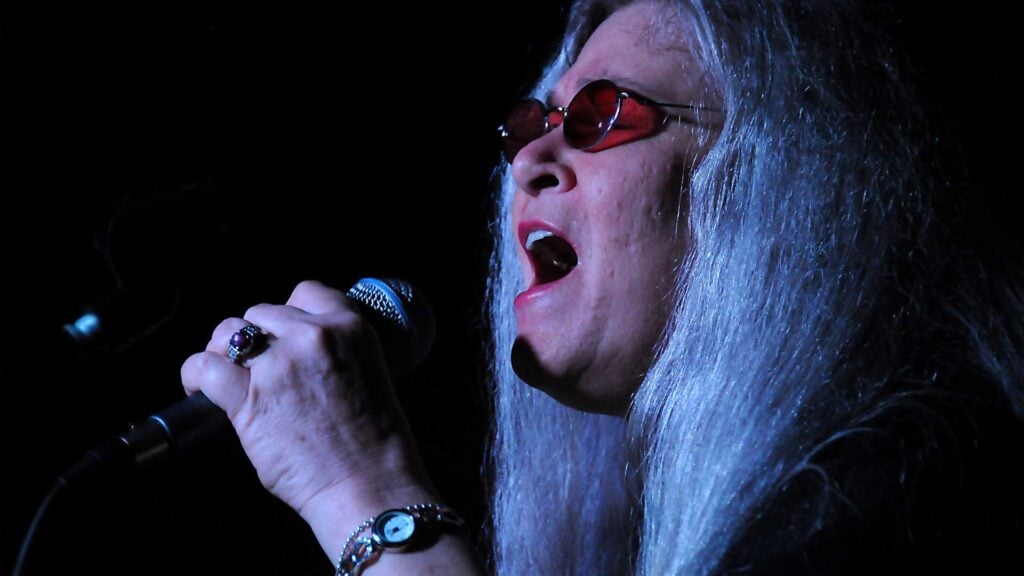
Donna Jean Godchaux packed a wild résumé into 78 years. You hear her on Percy Sledge’s “When a Man Loves a Woman” and Elvis Presley’s “Suspicious Minds,” then suddenly she’s onstage with the Grateful Dead from 1972 to 1979, trading lines with Jerry Garcia and belting “Sunrise” and “From the Heart of Me.” If you want a practical takeaway, go listen to “Terrapin Station” with fresh ears and try singing those harmonies in the shower. Born August 22, 1947, in Florence, Alabama, she brought Muscle Shoals grit to arena chaos. She died November 2, 2025, in Nashville, leaving music that still hits.
Walt Aldridge – 19 November 2025

Walt Aldridge made Muscle Shoals music history at Fame Studios with Rick Hall, wrote hits for stars, and earned spots in the Nashville Songwriters Hall of Fame and the Alabama Music Hall of Fame. He loved his garden almost as much as his grandkids, joking that growing tomatoes kept him close to his dad. Walt taught at the University of North Alabama for about a decade and loved cheering on his family more than any career milestone. He died on November 19, 2025, following a long battle with an unspecified illness.
Dick Cheney – 3 November 2025
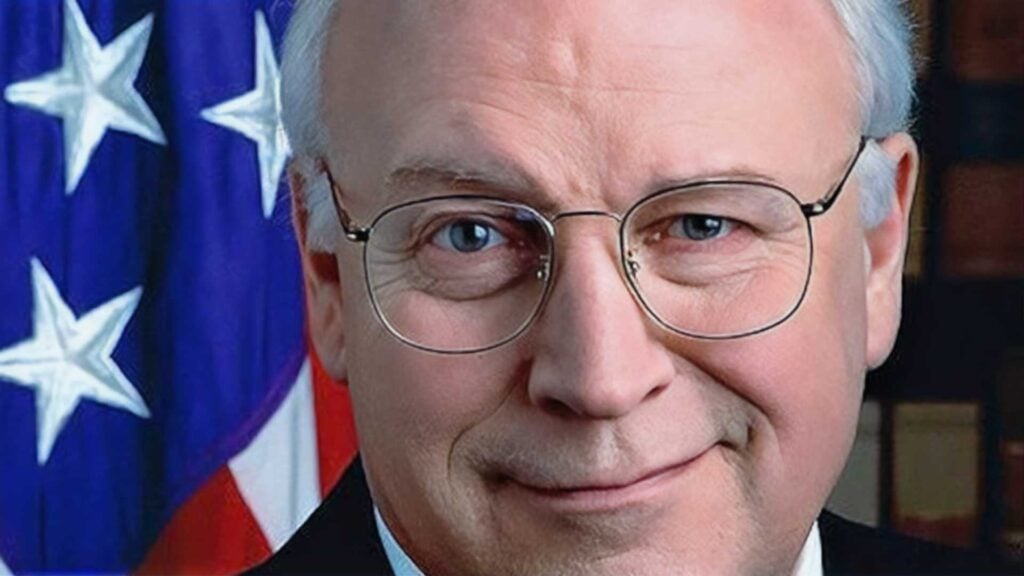
The 46th vice president under George W. Bush from 2001 to 2009 died on November 4, 2025, from pneumonia and cardiac and vascular disease. He pushed the USA Patriot Act and shaped the War on Terror after 9/11. Bush remembered him saying he “was a calm and steady presence in the White House… he never failed to give his best.” Cheney never hid how he saw foreign policy. In 1998 he joked, “The good Lord didn’t see fit to put oil and gas only where there are democratically elected regimes friendly to the United States.” He’s survived by Lynne, Liz, and Mary.
Dan McGrath – 14 November 2025
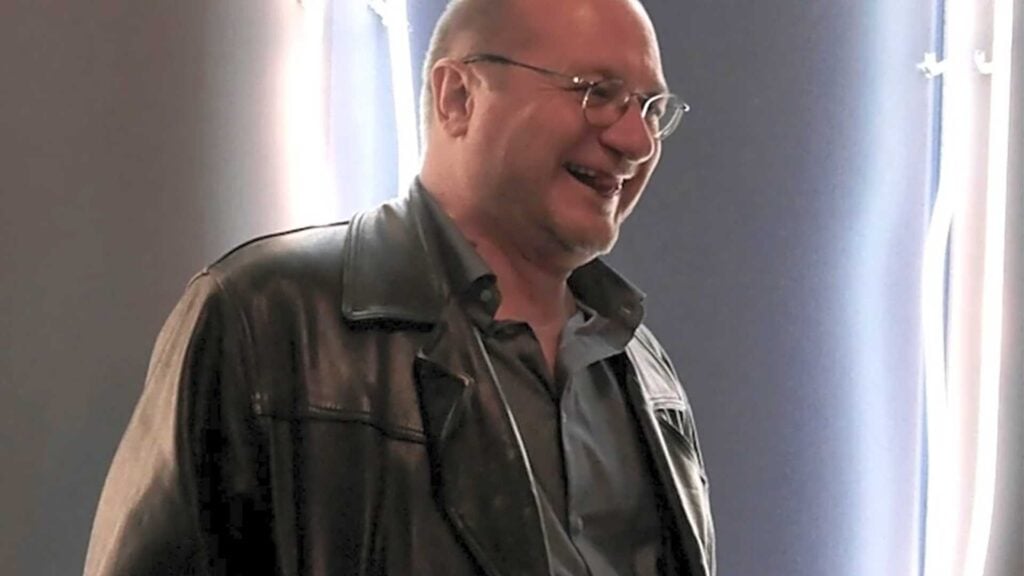
The Harvard Lampoon alum flunked Japanese but still studied Asian history while designing computer games over at MIT. Then Dan McGrath jumped into public clinics and emergency rooms before heading to Hollywood to write for Saturday Night Live with Chris Farley and Adam Sandler. He scored an Emmy on The Simpsons, even if the show fired him twice. His sister wrote, “‘We lost my incredible brother Danny yesterday. He was a special man, one of a kind.’” You probably loved his work on Gravity Falls, Mission Hill, and The PJs without even knowing his name. He died of a stroke on the 14th November 2025.
Diane Ladd – 3 November 2025
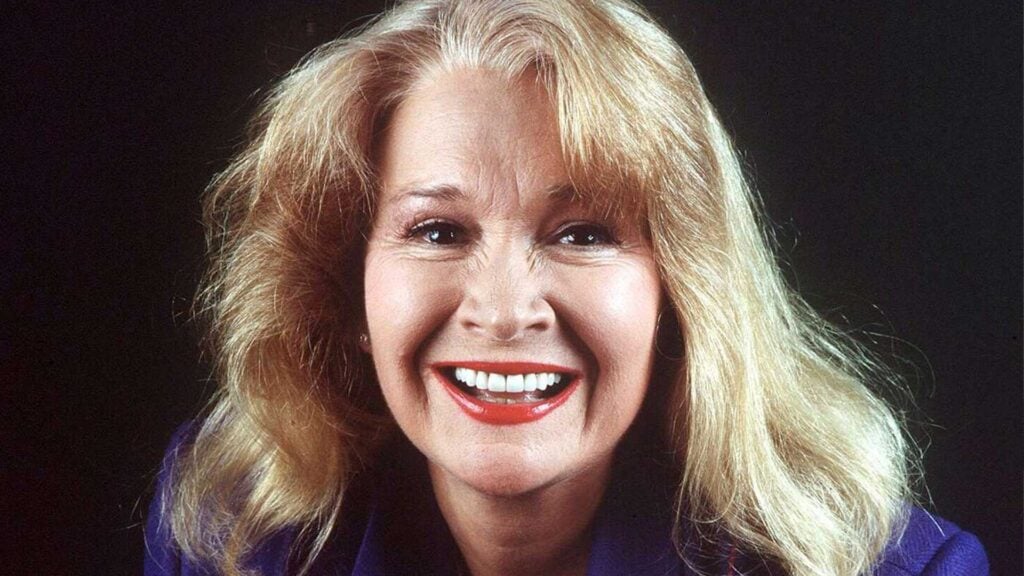
Diane Ladd never backed down from a role that required a little grit. The Meridian-born actress, who went from guest spots in the 1960s to stealing scenes from Jack Nicholson and Nicolas Cage, died November 3 in Ojai at 89 with her daughter Laura Dern beside her. She once joked she could “look 17 or look 70” depending on the day. True.
Her first Oscar nod came after playing Flo in Martin Scorsese’s “Alice Doesn’t Live Here Anymore” in 1974. Then she popped up in “Chinatown” because why not take over the entire decade. By 1990, David Lynch unleashed her as Marietta Fortune in “Wild at Heart,” teaming her with Laura in a twisted family affair that somehow worked. The pair made history the next year with “Rambling Rose,” both earning Oscar nominations for the same film.
Her life wasn’t just cameras and red carpets. Ladd poured a lot of herself into her 2011 autobiography, confronting grief and survival head-on. “If you can take your pain and not let it back up like a sore or something… then you are winning,” she wrote. She knew what winning cost. She and Bruce Dern lost their toddler daughter in 1962, a heartbreak she carried while raising Laura and building a career that refused to fade.
She tapped on the Hollywood Walk of Fame star they gave her in 2010. She earned it. Laura Dern said her mom was “the greatest daughter, mother, grandmother, actress, artist and empathetic spirit that only dreams could have seemingly created.” That’s a legacy any performer would fight for.
Ralph Senensky – 1 November 2025

Ralph Senensky lived to 102 and still had the energy of someone in their 30s. His niece Lisa Lupo-Silvas even said, “He was 100 percent sharp until the end.” The man directed everything: Dr. Kildare, Naked City, and The Partridge Family. He even tackled a gay storyline on Breaking Point in 1963 when TV barely acknowledged such topics. Star Trek fans know him for classics like This Side of Paradise and his own favorite, Metamorphosis.
Lô Borges – 2 November 2025
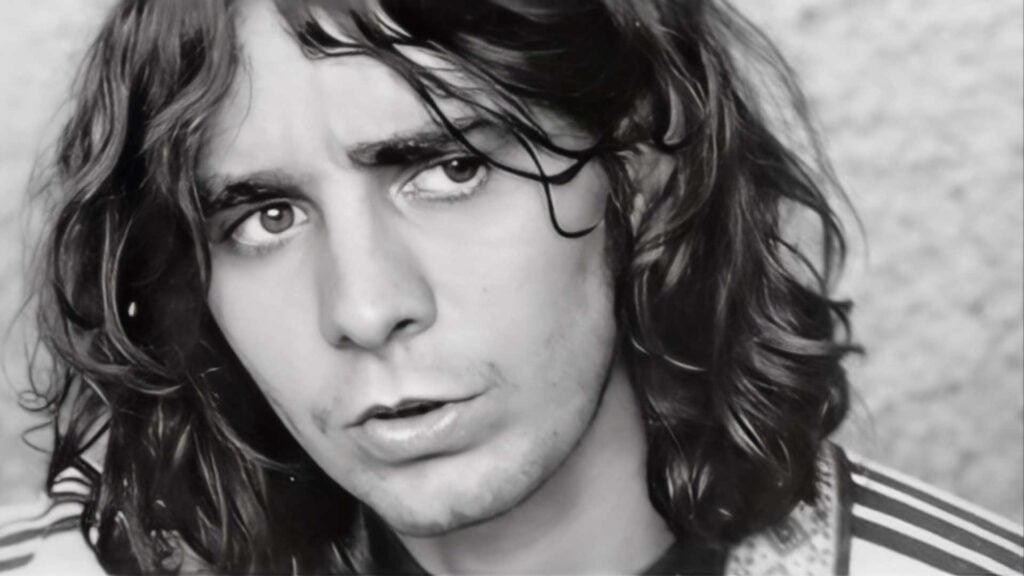
Lô Borges, a giant of Brazilian music, died on November 2 at 73 after fighting an infection linked to medication for more than two weeks. You might know him from Clube da Esquina, the landmark 1972 album he co-created that made musicians across the world rethink what a melody could do. “O Trem Azul” and “Um Girassol Da Cor Do Seu Cabelo” still hit like fresh discoveries, mixing rock, jazz, MPB and pop into something bold. Artists like Herbie Hancock, Alex Turner and Paul Simon picked up on his groove. You don’t forget a voice like that.
Richard Gott – 2 November 2025
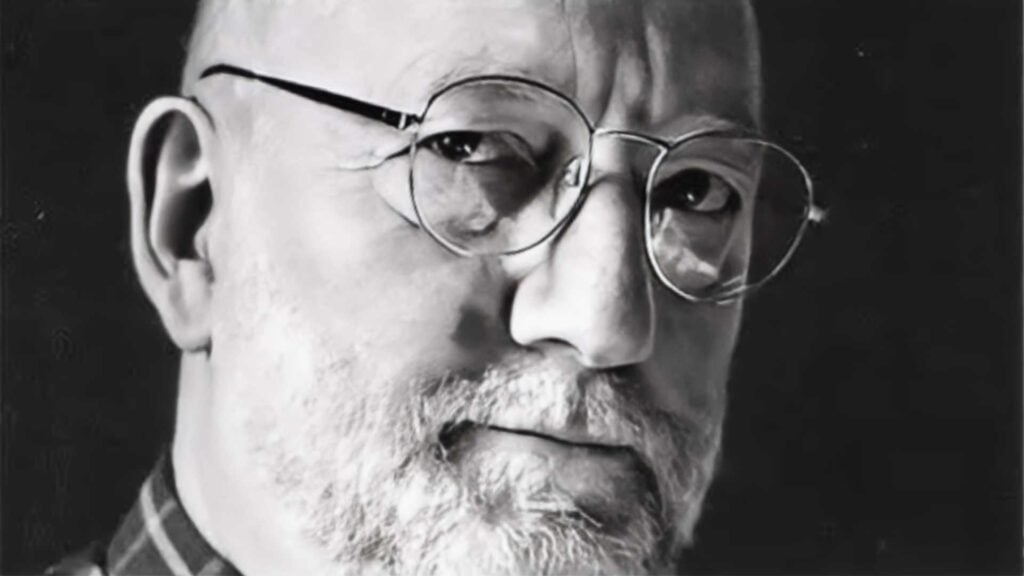
Richard Willoughby Gott’s life sounds like a pitch for a political thriller. The British journalist spent 30 years at The Guardian and somehow always found himself where history happened. When Che Guevara was killed in 1967, Gott was the only reporter who could point at the body and say, “That’s him.” Pretty wild anecdote to drop at a dinner party. A bold leftist with a sharp tongue, he annoyed enough powerful people that in 1994 he faced accusations of being a KGB spy. He called the claims nonsense, quit the paper, and later wrote Cuba: A New History in 2004. He died November 2 at 87.
Cardinal Dominik Duka – 4 November 2025
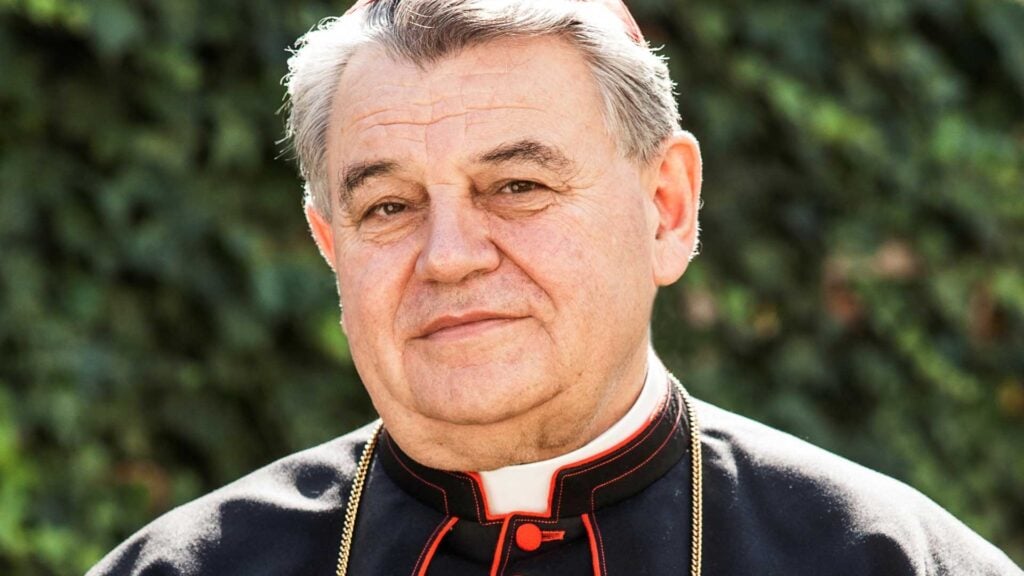
Born April 26, 1943, Cardinal Dominik Duka trained as a locksmith before the church called his name. He joined the Dominicans in 1968, got ordained in 1970, then lost state approval after five years and ended up working at Škoda Plzeň. The communist regime even threw him in prison from 1981 to 1982 because he kept helping people grow their faith. “Three hours after midnight, the Lord of Life called Cardinal Dominik Duka… to eternity,” announced Prague’s archdiocese. At 82, he leaves a legacy of courage. He died following a period of serious health issues.
Bob Trumpy – 2 November 2025

Robert Theodore Trumpy Jr. spent a decade smashing through defenses as the Cincinnati Bengals tight end from 1968 to 1977, racking up 4,600 receiving yards, 35 touchdowns and a wild 15.4 yards per catch average. You try doing that without pulling a hamstring. Those numbers still top every Bengals tight end who followed. He retired, turned 80, then on November 2 he signed off one last time. Before that, he jumped into the broadcast booth and didn’t exactly whisper into the mic. He owned it. You might remember his voice calling big plays while you argued with friends about who actually caught the ball.
Quentin Willson – 8 November 2025

Jeremy Clarkson called Quentin Willson a “properly funny man”, and James May remembered him as a “great bloke,” which feels right for a guy who once said Jaguars used to be “the domain of spivs, crooks and bookmakers.” Willson, 68, co-hosted Top Gear through the 90s, then jumped to Fifth Gear and even tackled Strictly Come Dancing in 2004. He died on the 8th of November after being diagnosed with lung cancer. He’ll be missed by many.
Anna Sandor – 1 November 2025

Born in Budapest, raised in Toronto, Anna Sandor co-created CBC’s Hangin’ In back in 1981, a show that quietly launched Keanu Reeves. It ran for 7 years. Then for the 1984 telefilm Charlie Grant’s War, she dug into the life of a Vancouver diamond broker who helped Jews flee Vienna. Critics loved it.
Sandor died Nov. 1 at 76 from complications of melanoma.
Gary “Mani” Mounfield – 20 November 2025

Gary “Mani” Mounfield, The Stone Roses’ bassist, died at 63. His brother Greg broke the news “with the heaviest of hearts.” Liam Gallagher said: “In total shock and absolutely devastated… My hero, RIP R Kid.” Mani’s basslines powered I Wanna Be Adored and She Bangs The Drums back in 1989, then he jumped to Primal Scream in 1996 for Kowalski. He returned for that 2012 Stone Roses comeback, only for tensions to flare again in 2017. “RIP our wonderful brother Mani,” the Roses wrote.
Archie Fisher – 1 November 2025

Archie Fisher spent decades shaping Scottish folk, first with a guitar and later behind a BBC Radio Scotland mic. At 86, the Glasgow-born musician leaves behind a crowd of admirers who swear he changed the game. Barbara Dickson called him “the great Archie Fisher” and her “musical mentor.”
Paige Greco – 16 November 2025
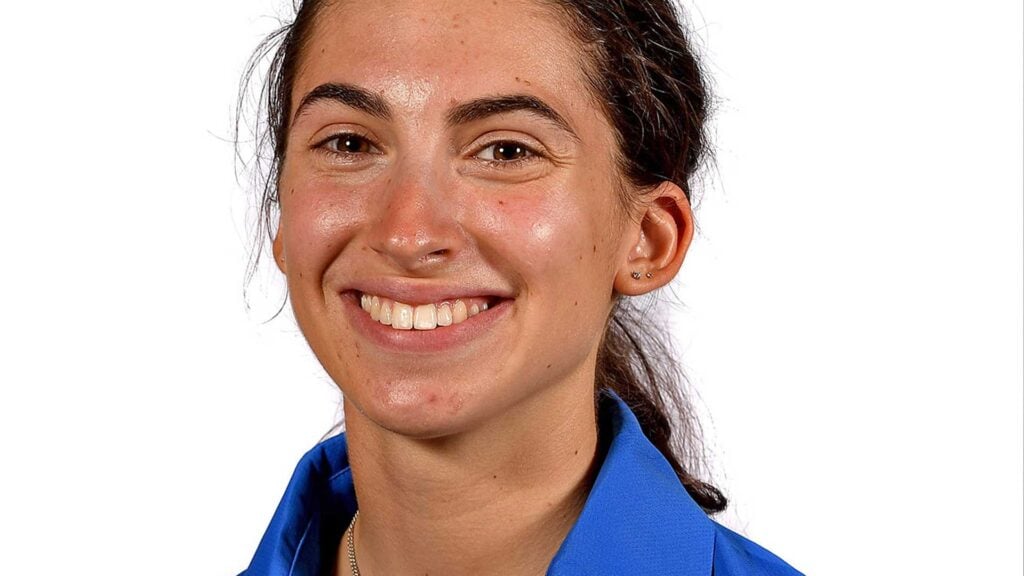
Born February 19, 1997, in Melbourne, Paige Greco, who died after experiencing a ‘sudden medical episode’, dealt with right-sided hemiplegic cerebral palsy from the start and still chased sport. She tried para-athletics first, then switched gears to cycling in 2017 and headed for Adelaide to train. Three years later, she took Australia’s first gold at the Tokyo Paralympics, smashed a world record in the 3000 m Individual Pursuit, and casually grabbed a couple of bronzes on the road. She kept stacking World Championship podiums and, in 2022, received an OAM. AusCycling CEO Marne Fechner said, “Paige was an extraordinary athlete… positive spirit and courageous outlook.”
George Altman – 24 November 2025
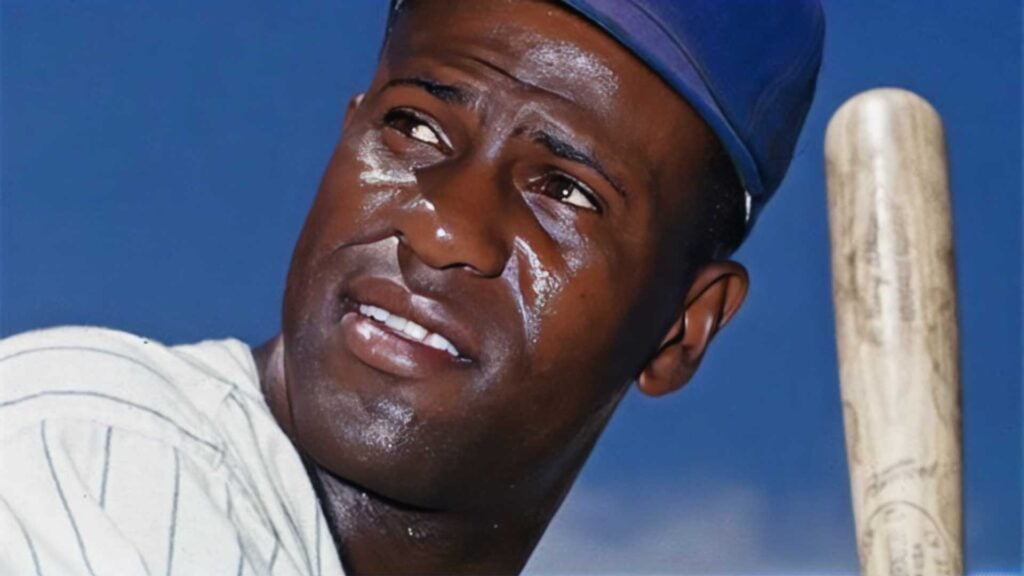
George Altman, 92, proved you can change lanes. Drafted by the Monarchs in 1955, MLB All-Star by 1961, then crushing baseballs in Japan until 1975. He even taught school and traded commodities. His book “George Altman: My Baseball Journey from the Negro Leagues to the Majors and Beyond” says try.
Colleen Jones – 25 November 2025
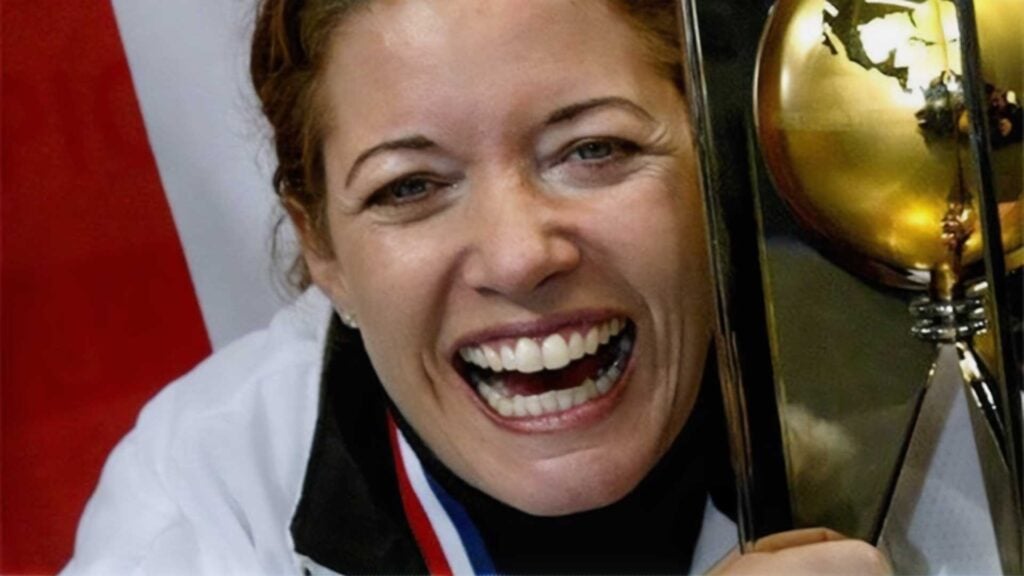
Colleen Patricia Jones, born December 16 1959 in Halifax, ruled curling for decades, winning six Scotties and two worlds, before joining CBC in 1986. She survived 2010 meningitis saying she felt a “glow” after recovery. Jones leaves behind a powerful legacy: a champion skip whose ice-time dominance reshaped Canadian women’s curling.
Joan Templeman – 25 November 2025
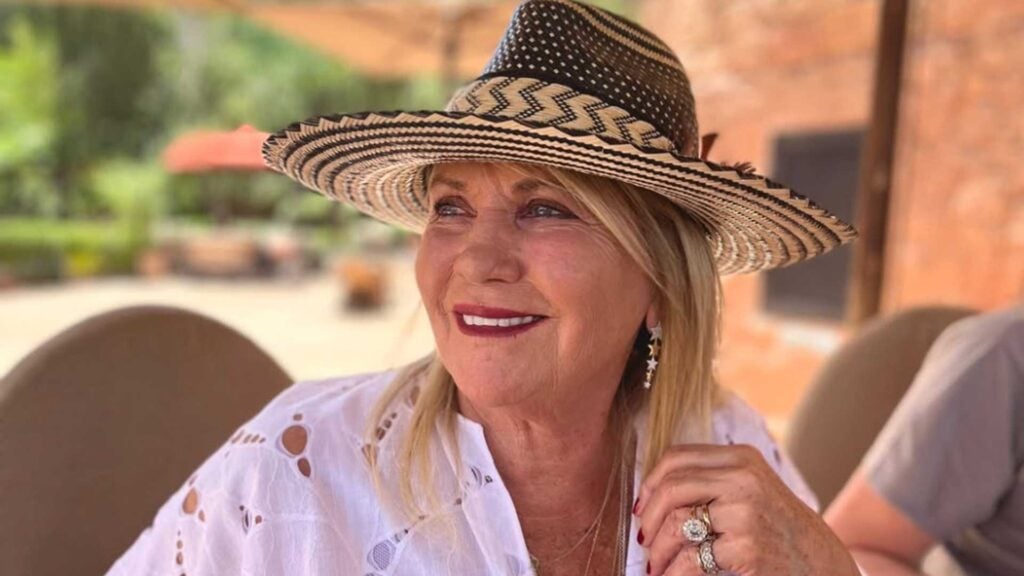
Richard Branson, 75, said he’s “heartbroken” after Joan Templeman, his wife of 50 years, died. They married in 1989 on Necker Island, raised Holly and Sam, and mourned baby Clare Sarah. “She was my best friend,” he wrote. Sam called her the “kindest” mum. Richard added, “Everyone needs a Joan in their life.”
John Eimen – 21 November 2025

John Eimen, born Oct. 2, 1949 in Chicago, popped up everywhere—Leave It to Beaver, Petticoat Junction, even The Twilight Zone. He died Nov. 21 at 76. He later taught English in Japan and served passengers for 20 years.
RELATED: Famous Influencers Who Died In 2025 But Didn’t Make The News



